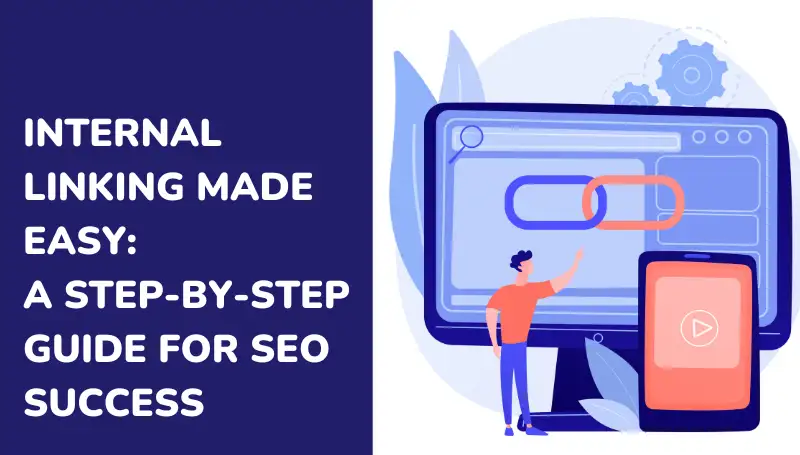Internal linking is crucial from an SEO point of view. It builds the page authority and domain score which is later helpful in the search engine result page (SERP). Internal links between website pages provide a better UX that helps search engines understand your site architecture.
Now, all website owners want a higher rank in Google. Website speed also plays a crucial role in attaining higher ranks. Higher speed is possible due to fastest web hosting for wordpress plans where exemplary IT infrastructure is involved in the higher uptime factor.
What Are Internal Links?
Internal links are hyperlinks that send readers from one landing page to another. It could be of website’s service page, blog, or another. Also, you can link same website’s page or another website ones. Essentially, you can link different pages of your website to ensure that your visitors don’t leave your site.For the best WordPress website hosting, ensure your chosen hosting provider offers reliable performance, security features, and excellent customer support to keep your site running smoothly.
You can either place internal links as bare links or embed them on suitable anchors. The latter is the preferred approach. Moreover, this measure supports SEO and search engine ranking goals by increasing time on site.
Best SEO Internal Linking Tips
Below we have discussed best practices that improve the SEO, boost UX, and more. Combine these strategies with tools like Semrush and Ahref to pace up things.
- Create Core Pillar Pages for Linking
- Use Descriptive Anchor Text
- Link High-Quality Pages
- Use Do-follow Tags
Creating core pillar pages is a better SEO strategy that creates hubs for your website content and internal linking. These pages act as a cornerstone page with valuable insights and in-depth information about topics. The best example of this is blogs. Many companies have internal blogs that give a detailed guide about their services.
To create one such page for you, incorporate high-search volume keywords rather than a long tail. Create content around the broad topic and ensure there are several long-tail keywords. When you first create pillar pages, you won’t have much to add in terms of internal links. But this page essentially serves as a hub from which you can add internal links to various other pages and vice-versa.
Anchor texts are clickable texts in which the internal linking is embedded. Play a strategic move about your anchor text by telling visitors and search engines about the content of the webpage that has to be linked.
You might have come across terms like click here, read more, download here, and others that give readers instructions to click and take action. These CTA phrases are generic anchor texts. In this blog also, you will come across different anchor texts. Readers want insight into what information they’ll find after clicking the link.
There could be many web pages on your website that are indexed by search engines. However, it is not recommended to add too much internal linking. Link only high-quality web pages that deliver valuable insight on a particular topic. Ask your SEO team to identify several important pages with a high page authority score. Link them and it will pass value from them to other pages indicating their importance. Before practicing this measure, we recommend creating a blueprint or a high-quality linking structure. The pyramid structure is a common one that is used widely for internal linking. This structure creates a top-down internal linking structure.
Using do-follow tags enhances the page authority score and generates a link juice. It is the most common SEO practice that allows websites to rank better on search engines. Furthermore, do-follow tags reduce spam indexing. In contrast to do-follow tags, there are no-follow tags as well. With no-follow tags, you are telling search engines to ignore the link from giving an authority score.
Conclusion
Internal linking might sound complex, but with these steps as your guide, you can unlock its SEO power in no time. Remember, strategic internal linking isn’t just about boosting search rankings; it’s about creating a user-friendly website that keeps visitors engaged and coming back for more.
So, go forth and link with confidence! By strategically connecting your content, you’ll be well on your way to building a website that thrives in the search engine landscape.
FAQs
Why is internal linking important for SEO?
- Improved website structure: Strong internal linking helps search engines crawl and index all your website’s pages.
- Enhanced page authority: Distributing link “juice” throughout your site strengthens the authority of important pages.
- Better user experience: Well-placed internal links keep visitors engaged by allowing them to explore related content.
How do I get started with internal linking?
- Use relevant keywords as anchor text.
- Link to complementary content within your blog posts.
- Include navigation menus with clear categories.
By following these steps and best practices, you can create a strategic internal linking structure that boosts your SEO and keeps your visitors happy.





